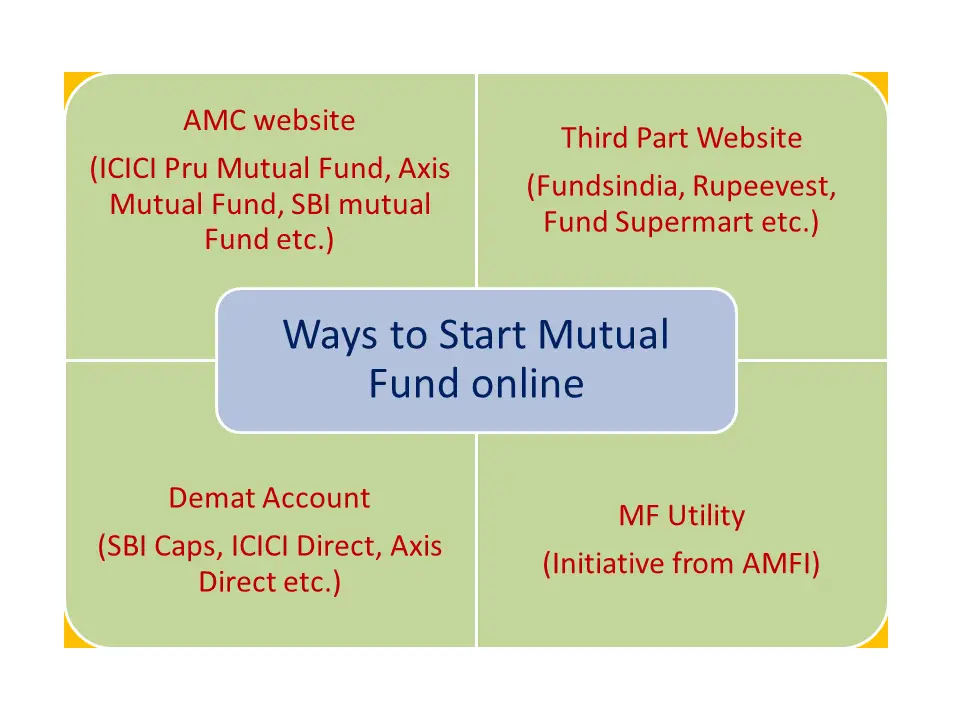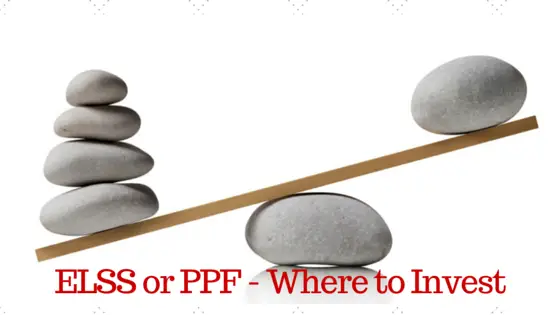Gilt funds and Debt funds are two investment options for investors who are reluctant in taking risks. Let’s take a look at how these two options differ in terms of risks involved, returns gained, and the investment approaches that suit them.
If you are a beginner and want to start investing in mutual fund know the various types of mutual fund in depth and choose which suits you most.
Gilt Funds:
Gilt funds in India are those funds that have investments in fixed-interest generating securities of the central and state governments. Earnings from Gilt funds are on the basis of the interest accrued and the capital appreciation of the amount invested.
Gilt mutual funds come with long maturity periods and are therefore traded actively, with every bank being the buyer. Consequently, they become more volatile to changes in interest rate. The benefit is high when interest rates are down, and the benefits are low when the interest rates are up.
Now that you have understood what Gilt funds in India stand for, let’s take a look at what Debt funds are.
Debt Funds:
Investments in Debt mutual funds happen in different categories of debt securities, such as Money Market Securities, Corporate Bonds, Government Bonds, and Treasury Bills of different maturity rate, with a fixed interest payment.
A Debt fund can invest in both, short-term and long-term bonds, securitised products, floating rate debt, or money market instruments. Fee ratios are lower for Debt funds when compared to equity funds since the overall management costs are lower.
When should I invest in Gilt funds?
As an investor, you should invest in Gilt funds only on the basis of opportunities and avoid any long-term goals. As mentioned earlier, Gilt mutual funds can fluctuate as the interest rates go up and down. Therefore, you can invest in the Gilt funds if the interest rates are falling and move out of it before the reversal of the interest rates.
When should I invest in Debt funds?
Debt funds can be the ideal option if you’re looking out for regular income, without any risks involved. Debt funds can be less risky when compared to equity funds. In comparison with fixed income products like Term Deposits, Debt fund could be better, as an option that offers steady returns at low volatilities, aiding you in your financial goals in a more tax-efficient way.
Performance:
Gilt funds can come with the least amount of risk factors when compared to other types of Debt funds. The only risk that a Gilt fund can be exposed to is an interest rate risk. Since the portfolio has government sectors, there can’t be any credit risk involved. Debt funds carry considerably more risk than Gilt funds.
Also Read: Best Liquid Mutual Fund for Investment
Debt funds invest in different risk-rated securities that are issued by government bodies and corporates, which can increase the level of risk (at least when compared to Gilt funds). The returns from Debt funds can be less volatile when compared to equity funds. Invest in Debt funds for your short-term goals (1-year or 2-year goals).
Now that you have been enlightened on some of the differences between Gilt funds and Debt funds or Debt Funds Vs Gilt Funds, you can better make an informed decision while choosing the funds for your investment purposes.



